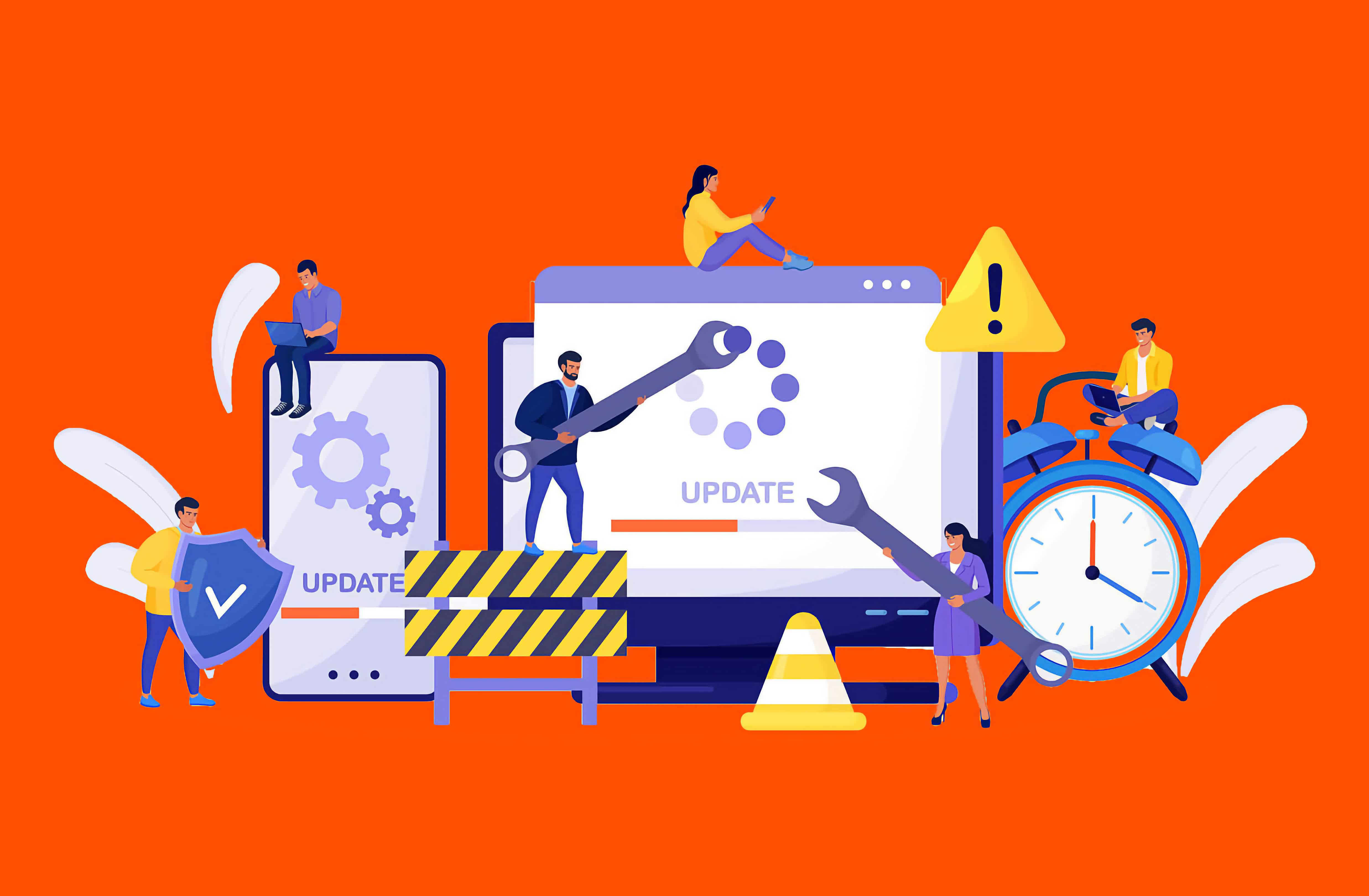您的当前位置:首页 > 道缘儒仙 > Failover vs. Failback: Two Disaster Recovery Methods 正文
时间:2025-06-15 06:20:24 来源:网络整理 编辑:道缘儒仙
A key distinction in the realm of disaster recovery is the one between failover and failback. Both t 关键字3
A key distinction in the realm of disaster recovery is 关键字3the one between failover and failback. Both terms describe two sides of the same coin, complementary processes that are often brought together.
However, their effects and purposes couldn't be more different. Both play critical roles in ensuring business continuity and disaster recovery, making it essential to understand what they are and how they differ.
Failover is a business continuity operation that ensures continued access to a system by fully transitioning to another instance of that system. This secondary system is designed to be resilient, ideally unaffected by the event that compromised the primary system.

Put simply, failover occurs when connectivity is switched from one system instance to another. This can happen in various ways, including:
Editor's Note:
This guest blog post was written by the staff at Pure Storage, an US-based publicly traded tech company dedicated to enterprise all-flash data storage solutions. Pure Storage keeps a very active blog, this is one of their "Purely Educational" posts that we are reprinting here with their permission.
The critical point about failover is that it involves a complete migration of logical or physical access from the primary system, server, or hosting location to a secondary one.
While other processes, such as load balancing, may distribute partial connectivity between system instances or components, they do not qualify as failover because they do not represent a full cutover.
Failback is the quintessential disaster recovery operation. It involves a full migration back to the production status quo – a recovery if you will – at the validated conclusion of a disaster.

Failback occurs when a system reverts back to the primary environment after the root cause of a disruption has been addressed. In practice, this looks like a failover, but in reverse. Once the primary system is restored, access is pointed to that system, and the standby is deactivated.
This reversion is a critical distinction. Some organizations may have complete standby systems for critical applications, which permit full operations on the standby system. In that case, the standby can rightfully be considered the primary and the repaired former primary the new standby.
Failover is critical in a business continuity event because it keeps operations running. By having a system to which your business can transition when a primary system is unavailable, you're able to continue doing business. People can work, revenue streams are preserved, and customers can be served.
Without failover, these functions could grind to a halt, leading to significant disruption. Many organizations depend on technology for critical processes, and when those processes are unavailable, analog alternatives may be insufficient or entirely obsolete. Failover ensures that even in a disaster, the business keeps moving.

Failback comes into play once the need for failover ends. As the disaster is resolved, failback allows the organization to return to normal operations. Typically, failback is necessary when the standby system cannot sustain operations as effectively as the primary system. For instance, a standby system may not be a full replica of the primary system and might be designed only for temporary use during an emergency.
For mission-critical systems, some organizations may build a standby system that is a full replica of the primary. While costly, this approach mitigates the risks of diminished functionality during disasters.
In an ideal world, every business would maintain two fully operational environments: a primary environment and an identical standby environment. This setup would allow for seamless transitions during disasters, ensuring that business operations are completely unaffected.
However, that model can effectively double an IT budget: two sets of endpoints, two sets of servers, two sets of cloud environments, two sets of data, staff to support that both in IT and business operations, etc. It's costly and inefficient for any company, to the point where no company truly maintains that support model.

Instead, most organizations opt for a failover and failback model because it balances cost and efficiency. With this approach, the standby environment is designed to sustain critical operations during a disaster, even if it's not as robust as the primary system. This makes it more economical, less work is duplicated, and the risk of data loss or impact is lower.
It's crucial to maintain a well-designed secondary environment. Cutting costs too deeply on a standby system can result in inefficiencies or financial losses if critical operations are disrupted. Striking the right balance between cost and functionality is key.
If uninterrupted business operations are essential, then a strategic failover and failback plan is not optional – it's a necessity.
《痛苦迁就不如痛快放手》(杨竣演唱)的文本歌词及LRC歌词2025-06-15 06:15
第829章 四十万两银子到手2025-06-15 05:45
第842章 都活出点人样来2025-06-15 05:42
第763章 有些人连畜生都不如2025-06-15 05:35
台风蓝色预警!中国气象局启动四级应急响应2025-06-15 05:31
第769章 钦差大臣楚大人2025-06-15 05:15
第796章 有人说蠢爹人品俊秀2025-06-15 05:03
第802章 您永远都是最尊贵的人2025-06-15 04:09
Aaron Rodgers girlfriend revealed: NFL star tells all on 'Brittani'2025-06-15 04:01
第828章 顾娘子对楚笙先生的迷恋2025-06-15 03:48
明日方舟香草平原驯虫士皮肤一览 明日方舟香草平原驯虫士皮肤介绍2025-06-15 06:12
第779章 西月是公主的心头宝2025-06-15 06:06
第823章 是想让我守活寡2025-06-15 05:45
第788章 君若无心,妾当自解2025-06-15 05:22
欢迎来到撒丁尼亚!《碧蓝航线》2月重磅版本携多重活动惊喜来袭2025-06-15 05:04
第796章 有人说蠢爹人品俊秀2025-06-15 05:01
第814章 他想做邱红颜眼里的大英雄2025-06-15 04:38
第798章 本公主的势你尽管借2025-06-15 04:05
2025高中语文名著必读 值得推荐的有哪些2025-06-15 03:49
第764章 洛英你死期到了2025-06-15 03:48